What is the tolerance range of precision screws?
What is the tolerance range of precision screws?
Service Hotline
+86760-8787 8587We have more than ten years of production experience in the screw industry. The main products are: countersunk head torx bolts, internal teeth and external teeth serrated lock washers, lock nuts and nuts, metal small washers, gaskets, non-deformation stainless steel, CLS nuts, internal Hexagon tri-combination screws, Torx countersunk head screws, tooth rod screws, anti-skid nut, plastic plastic insulation, copper insert embedded parts, a full range of white galvanized grade 4 hexagon nuts, JB4763 bolts, cross mushroom nail umbrella Fasteners such as head extension bolts have different prices due to different product materials and specifications. Please contact us if necessary.


The main part of the pin screw is an ordinary screw, and the pin can be arranged in the melting section of the screw or the drop groove of the metering section or the smooth cylindrical surface without screw grooves at the end of the metering section. The pins are arranged in a certain arrangement, with varying degrees of density and quantity. Cylindrical pins are formed by fitting the pins into the holes of the threaded rod; square or diamond-shaped pins are formed by milling directly on the threaded rod. If these pins are set in the melting zone, the pins can break up the solid bed, destroy the two-phase flow, stir the solid and liquid phases together, increase the contact area between the undissolved solid phase fragments and the contained material, and promote molten. If the pin is set in the melt conveying area, its main function is to divide the material flow, increase the interface, change the direction of the material flow, and rearrange the flow beam. Divide and merge multiple times, change the flow direction, and homogenize the melt composition and temperature. The mixing section is an inwardly slotted structure arranged at the end of the common screw homogenizing section, and its outer diameter is equal to the outer diameter of the screw. The grooves are divided into several groups, and each group is the confluence area of the material. The materials are divided by grooves, meet in the confluence area, and then divide and confluence. The principle is similar to the pin type. The characteristic of the separate screw is that in addition to the original screw thread (called the main screw) on the melting section, there is also an additional thread (called an additional thread) whose outer diameter is slightly smaller than the outer diameter of the main thread, and the main and auxiliary threads are With different leads, the secondary thread starts from the end of the feeding section (and connects with the feeding section here), and after several threads, gradually intersects the main thread of the homogenizing section. The screw groove depth and thread lead of this kind of screw change gradually from the beginning of the feeding section to the end of the homogenization, that is, the thread lead gradually narrows from the width, and the groove depth gradually becomes shallower from the depth, which can maximize the compression of the material.
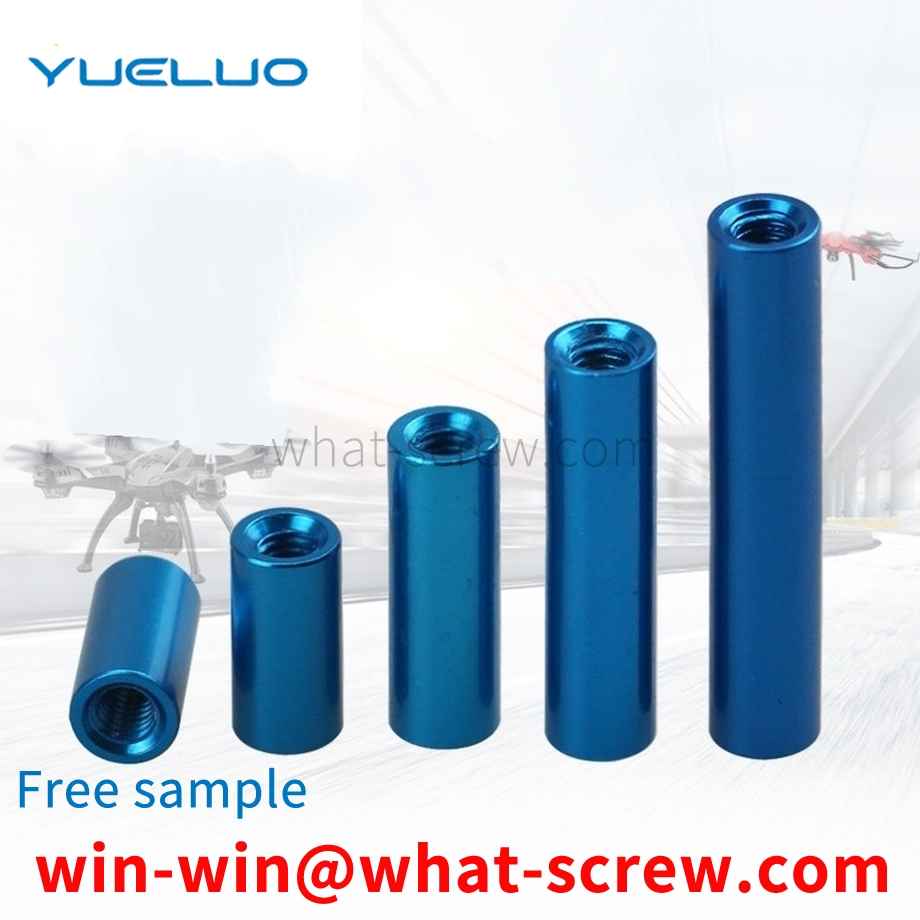
The head of the traditional screw is located outside the threaded hole and occupies a large space, which is not suitable for occasions with small space, nor is it suitable for occasions where the outer surface of the component is a working surface. For example, in the field of electronic products, or when connecting the shaft and the shaft sleeve, the machine screw with a fully threaded structure on the outer surface is widely used.
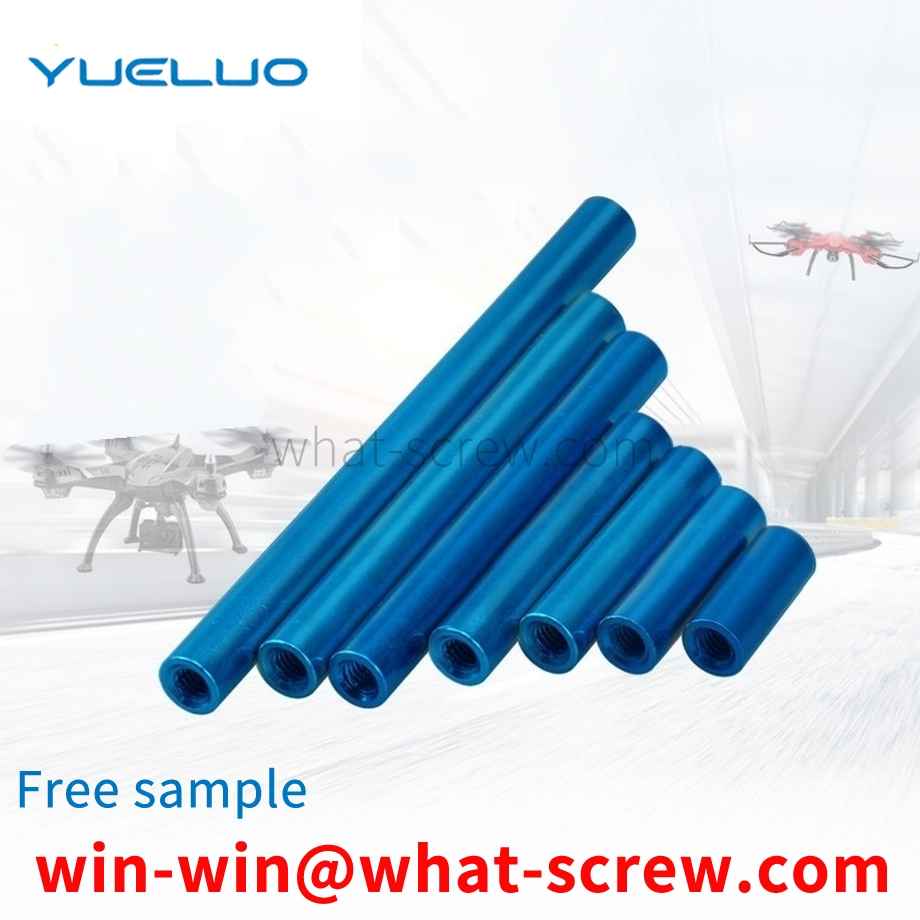
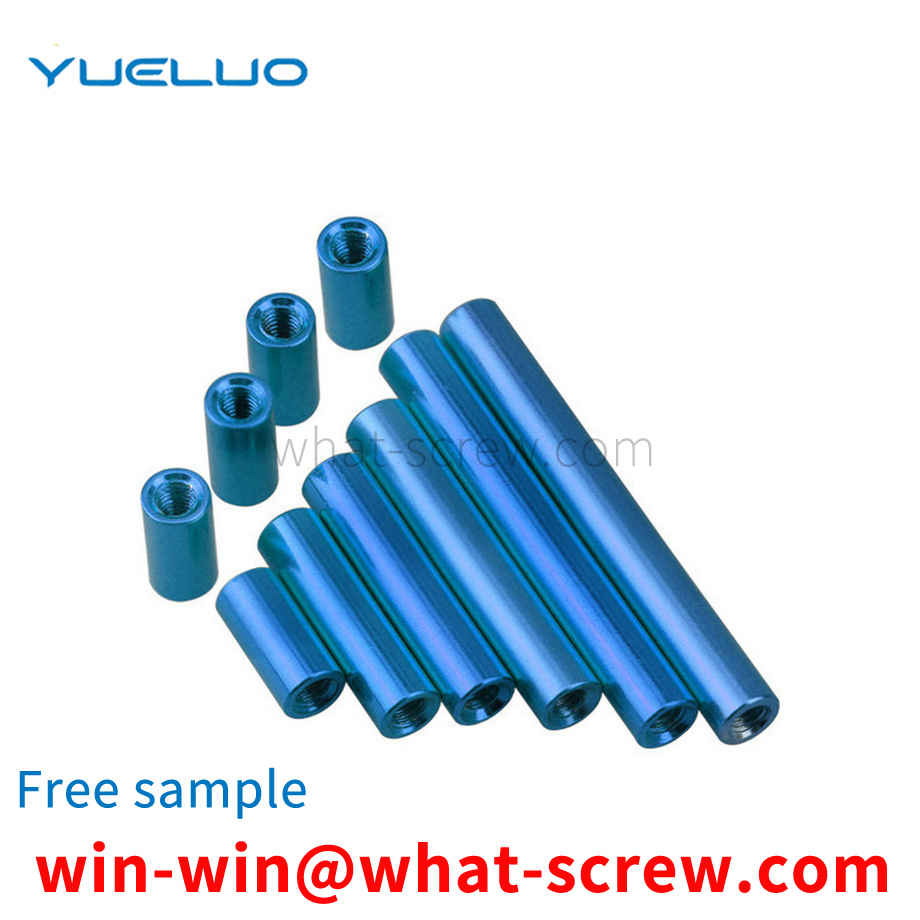
Nut fasteners are used in various industries with connection and fastening requirements, such as vehicles, construction machinery, agricultural machinery, manufacturing machinery, etc. For large construction machinery or construction vehicles, due to the harsh working environment and the action of heavy loads, the nut fasteners on it are subjected to vibration and load impact in all directions, which makes the nut easier to loosen, resulting in tightening. The function of the device is reduced or even failed. cause a great safety hazard.
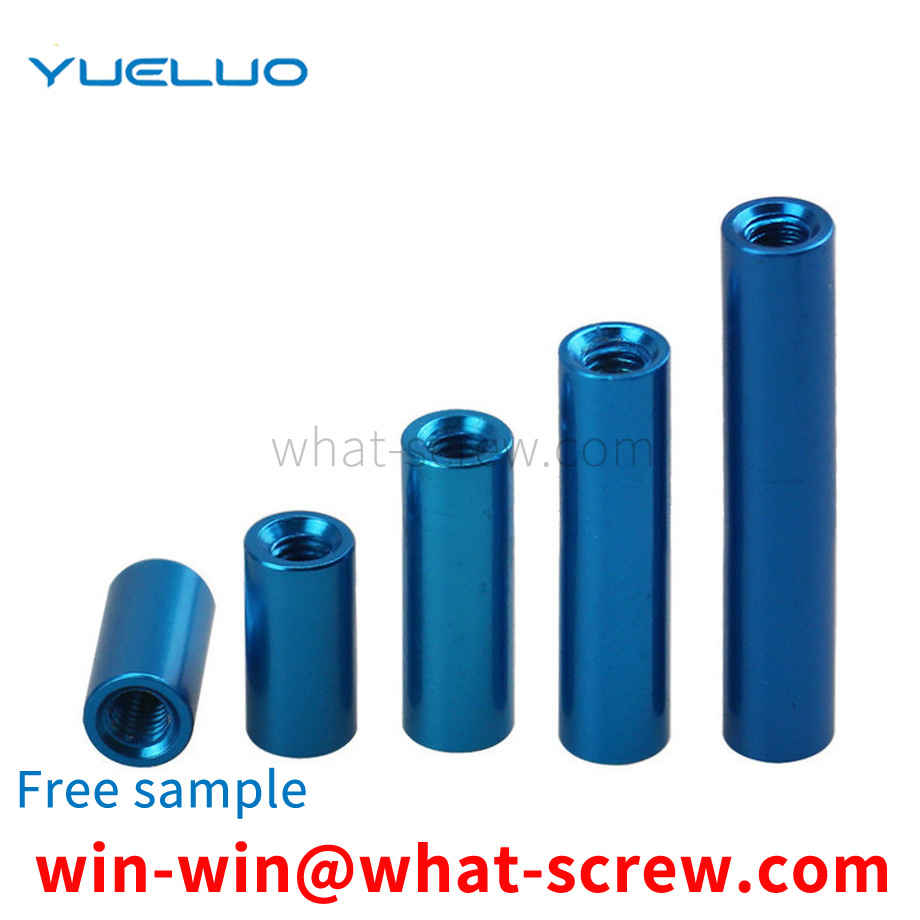
④ Screw tooth type A: Self-tapping sharp tail (Japanese standard type 1) sparse AB: Self-tapping sharp tail (Japanese standard type 4) dense; B: Self-tapping flat tail (Japanese standard type 2) sparse; C: Self-tapping Tapping flat tail (the third type of Japanese standard) dense; P: double wire teeth Type triangle teeth CCT: C type triangle teeth PTT: P type triangle teeth STT: S type triangle teeth
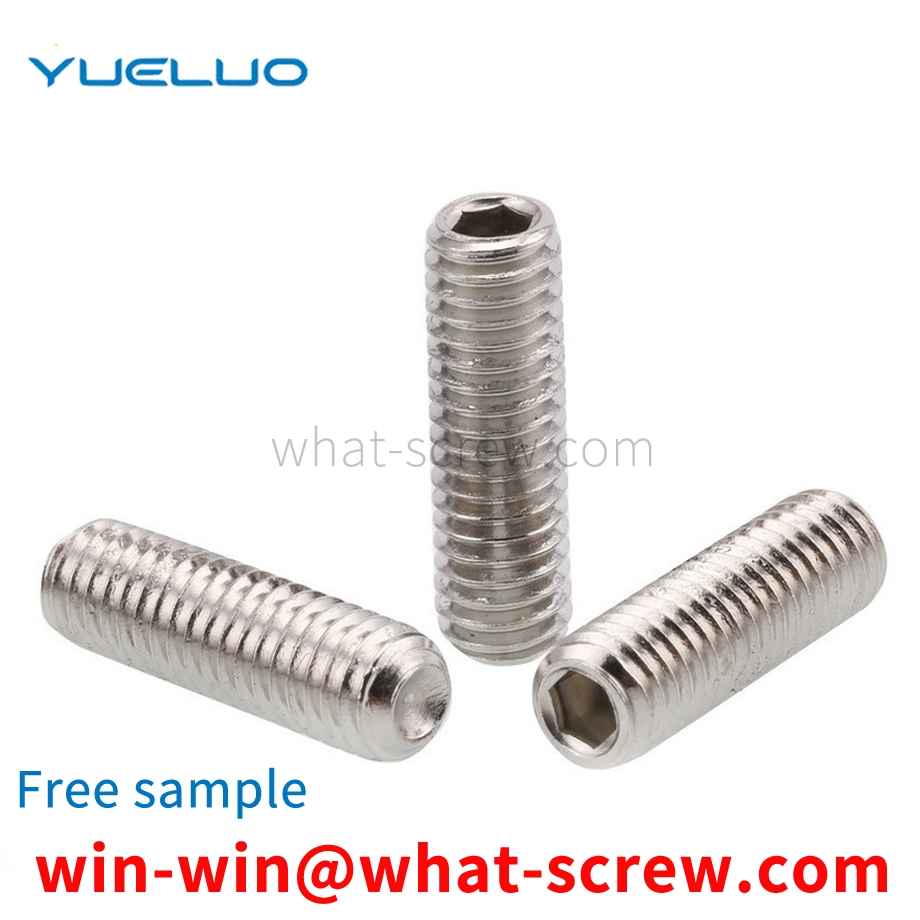
The above content is uploaded by Yueluo or the Internet. If there is any copyright issue, please contact [email protected].

What is the tolerance range of precision screws?

How to choose the right stainless steel screw manufacturer?

Why is there an R angle under the head of the hexagon head s...

We have more than ten years of experience in screw industry ...

We have more than ten years of experience in screw industry ...

We have more than ten years of experience in screw industry ...

We have more than ten years of production experience in the ...